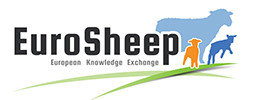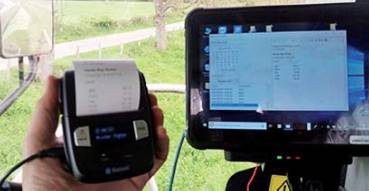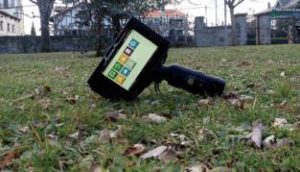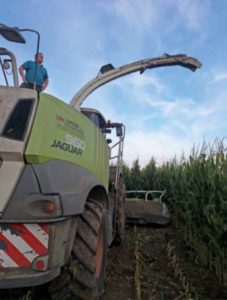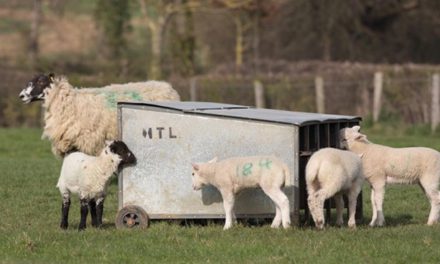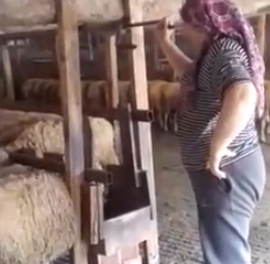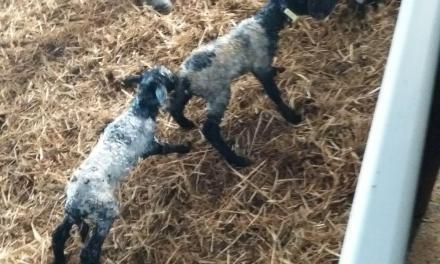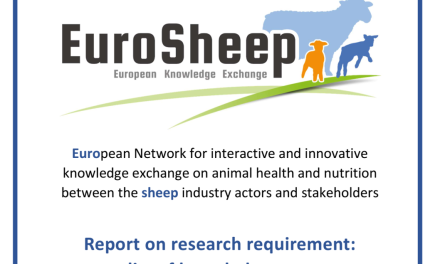This post is also available in:
![]()
![]()
![]()
![]()
![]()
![]()
Use of portable NIR's to assess forage feed value
Solution name: Use of portable NIR’s to assess forage feed value
Aim: To assess in situ, on the farms, the nutritional content of the fodder used to feed ruminants in a rapid and precise way
Description:
Incorporate portable NIR technology for forage analysis as a useful tool for technical advice in ruminant rationing.
Nutritional assessment of the forages used to feed ruminants can be done at two times: i) at the time of harvesting using NIR equipment incorporated in the harvesting machine, ii) or once the forage has been conserved and stored at the farm, using portable NIR equipment.
Topic: Nutrition
Production: Dairy/Meat
Animal Category: All
Issue: Forage feed value
Level of Solution: Practical
Country: Spain
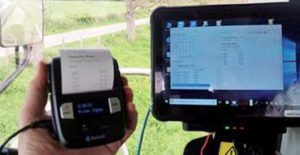
How to implement
In the case of forage and silage samples from the farms, direct reading is made with the NIR, generating the corresponding spectra.
In the case of sampling with the harvester, the procedure consists of obtaining spectra at the moment of harvesting when the product goes through the discharge pipe.
Expected benefits
The technique developed allows the analysis of a high number of forage samples at the farm gate, fast, reliably and at a reasonable cost (in comparison to sending samples to a lab).
The greater agility in the analysis and valuation of forages allows to improve the efficiency of rationing and feed formulation in livestock farms, and to promote food self-sufficiency.
A balanced diet is a determining factor in the efficiency and economic and environmental sustainability of livestock farming.
The use of NIR technology in the combine harvester allows the farmer to get immediately knowledge about the quality of the forage, either if is purchased or produced on farm. For purchased forages, this technology could also be used by the producer, who could then send information with the characteristics of the forage to the buyer.
Cost Benefit analysis
The implementation of this solution aims to achieve better quality forages, and so higher lower feeding costs, higher feed self-sufficiency, and so, a higher margin upon feeding costs. For a average flock, it may means and additional gross benefit of 3600 €.
Sustainability analysis
The implementation of this solution aims to improve the quality of home-produced forages, and therefore should lead to a lower dependence from concentrates and feeding inputs from abroad, and so to decrease the associated negative impacts (deforestation, transport, etc.). Also, the utilisation of higher quality forages is related to an improvement in the digestibility and lower methane emissions from ruminant fermentation. Since less poor-quality forages are made, in the case of plastic bales, less waste is generated.
The implementation of this solution aims to achieve better quality forages, and so higher lower feeding costs, and therefore higher feed self-sufficiency. In the case of PDO or PGI food products, self-sufficiency is aligned with the fulfilment of the Commission Delegated Regulation (EU) No 664/2014 of 18 December 2013. The production of higher quality forages helps to improve the animal welfare and health of ruminants. Also, since less poor-quality forages are used, the labour it requires to be removed, is avoided.
Prerequisites and/or limits
- Traditional wet analysis of forage must be used as a reference to calibrate the portable NIR.
- A sampling protocol is key for the NIR technique to achieve the desired and necessary accuracy.
- The curves obtained need to be validated and, if necessary, updated.
